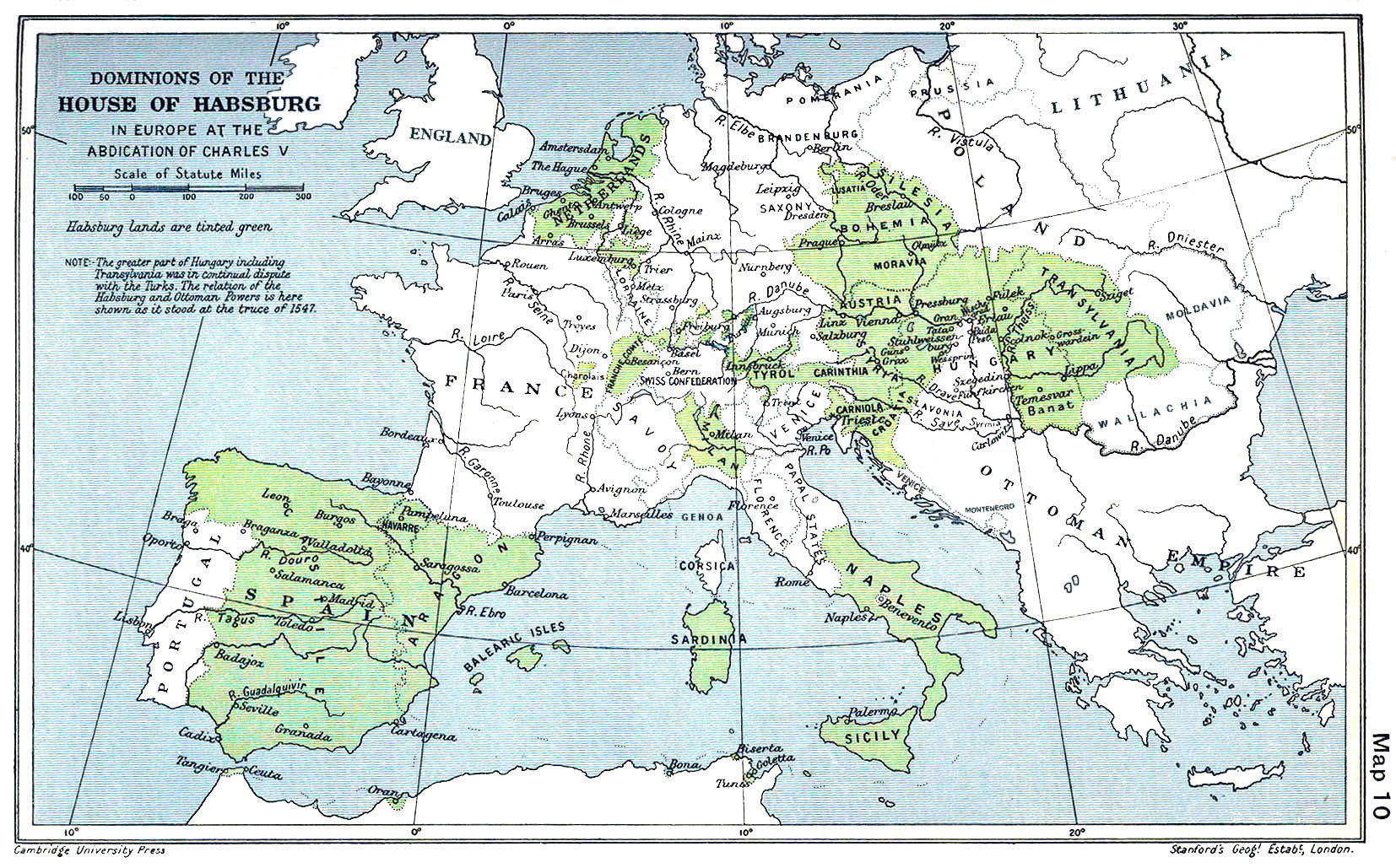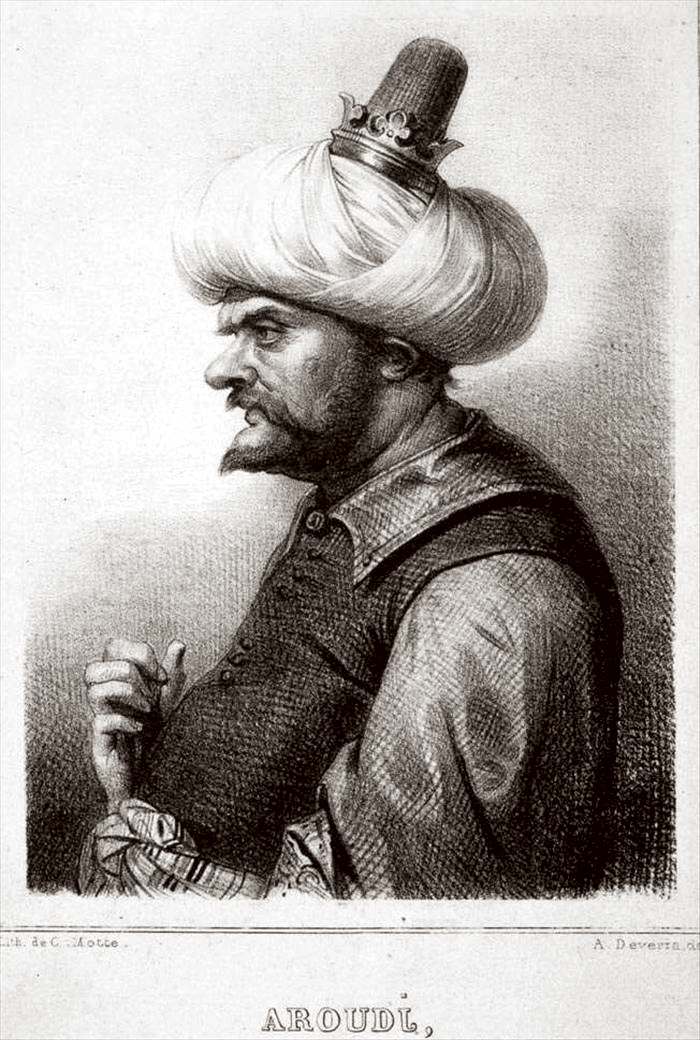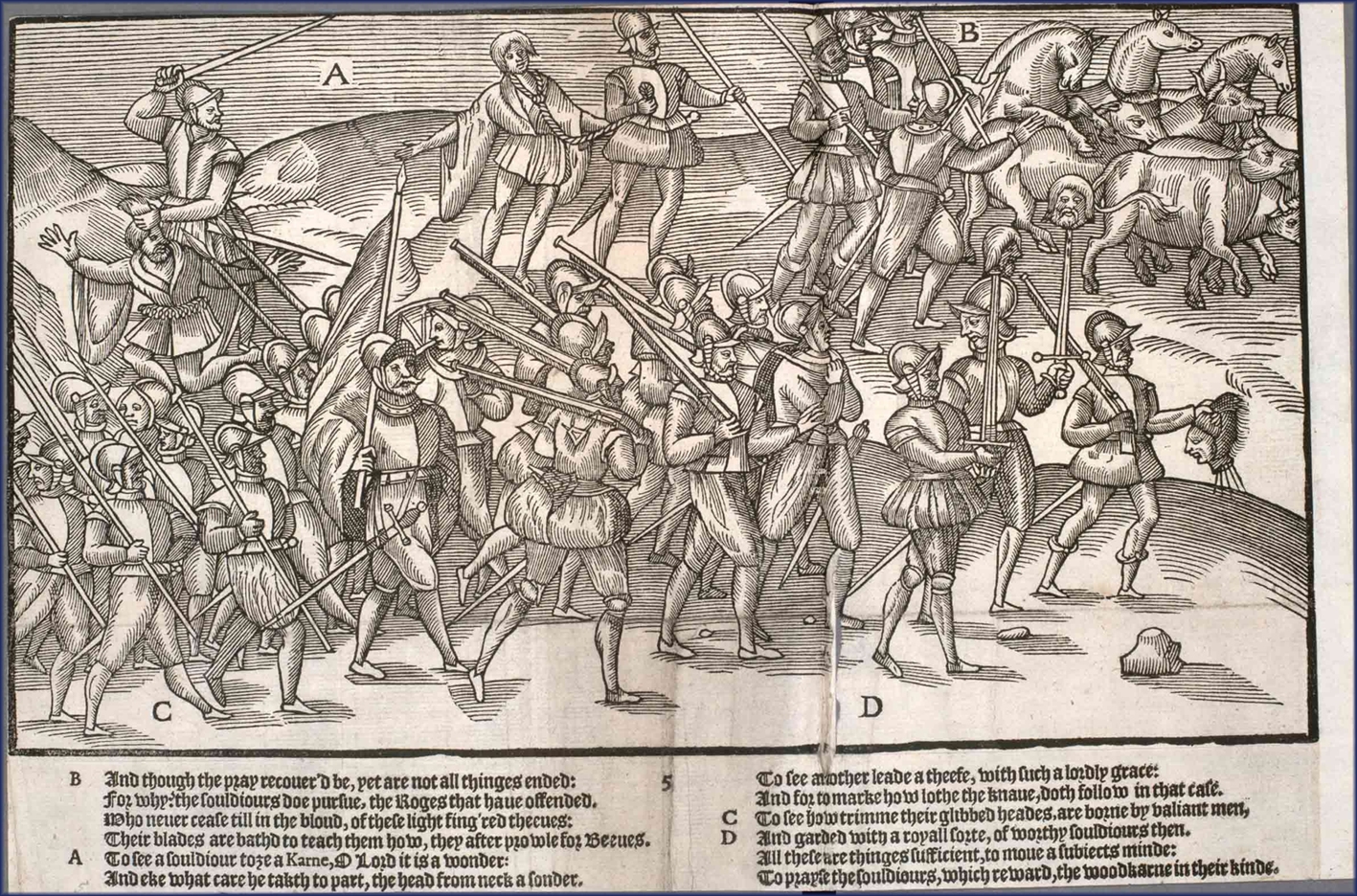|
Pardon (piracy)
Acts of grace, in the context of piracy, were state proclamations offering pardons (often royal pardons) for acts of piracy. General pardons for piracy were offered on numerous occasions and by multiple states, for instance by the Kingdom of England and its successor, the Kingdom of Great Britain, in the 17th and 18th centuries. Great Britain Pardons under Elizabeth I Mary Wolverston was pardoned by Elizabeth I. Thomas Brooke alias Cobham, Thomas Brooke was pardoned for piracy following the intercession of his sister-in-law (his brother being William Brooke, 10th Baron Cobham, Baron Cobham) and his brother-in-law the Robert Cecil, 1st Earl of Salisbury, Earl of Salisbury. Pardons under James I With the end of the Anglo-Spanish War (1585–1604), first Anglo-Spanish war under James VI and I, James I, and the corresponding end to English privateering in 1603, English sailors resorted to piracy. In 1611, Captain Richard Bishop became one of the first notable pirates to be pardoned, ... [...More Info...] [...Related Items...] OR: [Wikipedia] [Google] [Baidu] |
1717 Proclamation For Suppressing Of Pirates - London Gazette
Events January–March * January 1 – Count Carl Gyllenborg, the Sweden, Swedish ambassador to the Kingdom of Great Britain, is arrested in London over a plot to assist the Pretender to the British throne, James Francis Edward Stuart. * January 4 (December 24, 1716 Old Style) – The kingdoms of Kingdom of Great Britain, Great Britain, Kingdom of France, France and the Dutch Republic sign the Triple Alliance (1717), Triple Alliance, in an attempt to maintain the Treaty of Utrecht (1713), Britain having signed a preliminary alliance with France on November 28 (November 17) 1716. * February 1 – The Silent Sejm, in the Polish–Lithuanian Commonwealth, marks the beginning of the Russian Empire's increasing influence and control over the Commonwealth. * February 6 – Following the treaty between France and Britain, the Pretender James Stuart leaves France, and seeks refuge with Pope Clement XI. * February 26–March 6 – What becomes the northea ... [...More Info...] [...Related Items...] OR: [Wikipedia] [Google] [Baidu] |
Peter Easton
Peter Easton ( – 1620 or after) was an English privateer and later pirate in the early 17th century. Conflicting accounts exist regarding his early life. By 1602, Easton had become a highly successful privateer, commissioned to protect English interests in Newfoundland. The 'most famous English pirate of the day', his piracies ranged from Ireland and Guinea to Newfoundland. He is best known today for his involvement in the early English settlement of Newfoundland, including the settlements at Harbour Grace and Ferryland from 1611 to 1614. One of the most successful of all pirates, he controlled such seapower that no sovereign or state could afford to ignore him, and he was never overtaken or captured by any fleet commissioned to hunt him down. However, he is not as well known as some of the pirates from the late 17th and early 18th centuries. Loyal service Peter Easton, who was also known by Eston, had been a loyal servant of the English Crown. His ancestors had served i ... [...More Info...] [...Related Items...] OR: [Wikipedia] [Google] [Baidu] |
Secretary Of State (England)
In the Kingdom of England, the title of Secretary of State came into being near the end of the reign of Elizabeth I, the usual title before that having been King's Clerk, King's Secretary, or Principal Secretary. From the time of Henry VIII, there were usually two secretaries of state. After the restoration of the monarchy of 1660, the two posts were specifically designated as the Secretary of State for the Northern Department and the Secretary of State for the Southern Department. Both dealt with home affairs and they divided foreign affairs between them. History The medieval kings of England had a clerical servant, at first known as their ''Clerk'', later as their ''Secretary''. The primary duty of this office was carrying on the monarch's official correspondence, but in varying degrees the holder also advised the Crown, and by the early fourteenth century, the position was in effect the third most powerful office of state in England, ranking after the Lord Chancellor. ... [...More Info...] [...Related Items...] OR: [Wikipedia] [Google] [Baidu] |
John Eliot (statesman)
Sir John Eliot (11 April 1592 – 27 November 1632) was an English statesman who was serially imprisoned in the Tower of London, where he eventually died, by King Charles I for advocating the rights and privileges of Parliament. Early life The son of Richard Eliot (1546 – 22 June 1609) and Bridget Carswell (c. 1542 – March 1617), he was born at Cuddenbeak, a farm on his father's Port Eliot estate in St Germans, Cornwall. He was baptised on 20 April at St German's Priory, immediately next to Port Eliot. The Eliot family were an old Devon family that had settled in Cornwall. John Eliot was educated at Blundell's School, Tiverton, and matriculated at Exeter College, Oxford, on 4 December 1607, and, leaving the university after three years, he studied law at one of the Inns of Court. He also spent some months travelling in France, Spain and Italy, in company, for part of the time, with young George Villiers, afterwards 1st Duke of Buckingham. Parliamentary career Elio ... [...More Info...] [...Related Items...] OR: [Wikipedia] [Google] [Baidu] |
John Nutt
John Nutt (before 1600 – after 1632) was an English pirate. He was one of the more notorious brigands of his time, raiding the coast of southern Canada and western England for over three years before his capture by Sir John Eliot in 1623. His arrest and conviction caused a scandal in the English court, after Nutt paid Eliot £500 in exchange for a pardon, and was eventually released by Secretary of State George Calvert. Biography Born in Lympstone, near Exmouth in Devon, England, John Nutt arrived in Newfoundland as a gunner on a Dartmouth ship around 1620. He decided to settle in the area permanently and moved his family to live in Torbay, Newfoundland and Labrador. He soon organized a small crew with whom he seized a small French fishing boat as well as two other French ships (another account claims the ships were English and Flemish) during the summer of 1621 before returning to the western coast of England. He continued using unemployed sailors, particularly those con ... [...More Info...] [...Related Items...] OR: [Wikipedia] [Google] [Baidu] |
Lording Barry
Lording Barry (baptized April 17, 1580–1629) was a 17th-century English dramatist and pirate. Career Barry was the son of Nicholas Barry, a fishmonger of London, and his wife Anne Lording. On the death of his father in 1607, he received an inheritance of £10, which he invested in a theatre company, the Children of the King's Revels, at Whitefriars Theatre. Barry went into debt to finance his theatrical ventures, and was jailed in the Marshalsea prison. Freed on bail, he escaped to Ireland, where he took up a career of piracy. He was tried and acquitted for piracy in Cork in 1610 (under the name "Lodowicke Barry"), and in 1617 sailed with Sir Walter Raleigh on his ill-fated voyage to Guiana (having sought a pardon around 1615). Later in life, he was part-owner of a ship called the ''Edward'' of London (her principal owner was Edward Bennett), which was granted a letter of marque in 1627. Several of Barry's relations helped settle Virginia, most notably his great-nephew Col ... [...More Info...] [...Related Items...] OR: [Wikipedia] [Google] [Baidu] |
Habsburg Spain
Habsburg Spain refers to Spain and the Hispanic Monarchy (political entity), Hispanic Monarchy, also known as the Rex Catholicissimus, Catholic Monarchy, in the period from 1516 to 1700 when it was ruled by kings from the House of Habsburg. In this period the Spanish Empire was at the zenith of its influence and power. During this period, Spain held many territories, including American continental holdings and the Spanish West Indies, West Indies; European territories like the Habsburg Netherlands, Low Countries, Council of Italy, Italian territories, Iberian Union, Portugal and parts of County of Burgundy, France; and the Captaincy General of the Philippines, Philippines and other possessions in Southeast Asia. The period of Spanish history has also been referred to as the "Age of Discovery, Age of Expansion". The Habsburg name was not always used by the family members, who often emphasized their more prestigious princely titles. The dynasty was long known as the "House of Austr ... [...More Info...] [...Related Items...] OR: [Wikipedia] [Google] [Baidu] |
Ottoman Tunisia
Ottoman Tunisia, also known as the Regency of Tunis, refers to a territory of Ottoman Empire that existed from the 16th to 19th century in what is largely modern-day Tunisia. During the period of Ottoman Rule, Tunis was administratively integrated into the Ottoman Empire as the Eyalet of Tunis. The Ottoman presence in the Maghreb began with the conquest of Algiers in 1516 by the Ottoman Turkish corsair and ''beylerbey'' Aruj (Oruç Reis). In 1534, the Ottoman navy under the command of Kapudan Pasha Hayreddin Barbarossa, himself the younger brother of Aruj, attacked and successfully captured Tunis, which was then a territory of the Hafsids. However, less than a year later, Emperor Charles V sent a large, multinational invasion force to wrest control of Tunis, which attacked from across the Strait of Sicily and overwhelmed the city's Ottoman defenders. Following the final Ottoman reconquest of Tunis from Spain in 1574, the Ottoman Empire would hold Tunis for over three cen ... [...More Info...] [...Related Items...] OR: [Wikipedia] [Google] [Baidu] |
Henry Mainwaring
Sir Henry Mainwaring (1587–1653), was an English lawyer, soldier, writer, seaman and politician who sat in the House of Commons from 1621 to 1622. He was for a time a pirate based in Newfoundland and then a naval officer with the Royal Navy. He supported the Royalist cause in the English Civil War. Early life Mainwaring was born in Ightfield, Shropshire, second son of Sir George Mainwaring and his wife Ann, the daughter of Sir William More of Loseley Park in Surrey. His maternal grandfather was Sir William More, Vice-Admiral of Sussex. He graduated from Brasenose College at the University of Oxford, where he was awarded a B.A. in Law, at the age of 15, in 1602. He then served as trial lawyer (admitted in 1604 as a student at Inner Temple), soldier (possibly in the Low Countries), sailor, and author (pupil of John Davies of Hereford) before turning to piracy. From pirate-hunter to pirate In 1610, at the age of 24, Mainwaring was given a commission from Lord High ... [...More Info...] [...Related Items...] OR: [Wikipedia] [Google] [Baidu] |
Kingdom Of Ireland
The Kingdom of Ireland (; , ) was a dependent territory of Kingdom of England, England and then of Kingdom of Great Britain, Great Britain from 1542 to the end of 1800. It was ruled by the monarchs of England and then List of British monarchs, of Great Britain, and was Dublin Castle administration, administered from Dublin Castle by a viceroy appointed by the English king: the lord deputy of Ireland. Aside from brief periods, the state was dominated by the Protestant English (or Anglo-Irish people, Anglo-Irish) minority, known as the Protestant Ascendancy. The Protestant Church of Ireland was the state church. The Parliament of Ireland was composed of Anglo-Irish nobles. From 1661, the administration controlled an Irish Army (1661–1801), Irish army. Although ''de jure'' styled as a kingdom, for most of its history it was ''de facto'' an English Dependent territory, dependency (specifically a viceroyalty). This status was enshrined in the Declaratory Act 1719, also known as th ... [...More Info...] [...Related Items...] OR: [Wikipedia] [Google] [Baidu] |
Mehdya
Mehdya (), also Mehdia or Mehedya, is a town in Kénitra Province, Rabat-Salé-Kénitra, in north-western Morocco. Previously called al-Ma'mura, it was known as São João da Mamora under 16th century Portuguese occupation, or as La Mamora under 17th century Spanish occupation. According to the 2004 census, the town has a population of 16,262. It is located on Sebou River (Oued Sebu). History Mehdya was previously called Al-Ma'mura ("the well-populated") or La Mamora in Europe, and was a harbour on the coast of Morocco. Per an ancient account, a colony was founded at the site in the 5th century BCE by the Carthaginians, who called it Thymiaterium. Portuguese occupation (1515) It was captured by the Portuguese in 1515, and renamed ''São João da Mamora''. Altogether, the Portuguese are documented to have seized 6 Moroccan towns, and built 6 stand-alone fortresses on the Moroccan Atlantic coast, between the river Loukos in the north and the river of Sous in the south. Four of t ... [...More Info...] [...Related Items...] OR: [Wikipedia] [Google] [Baidu] |




